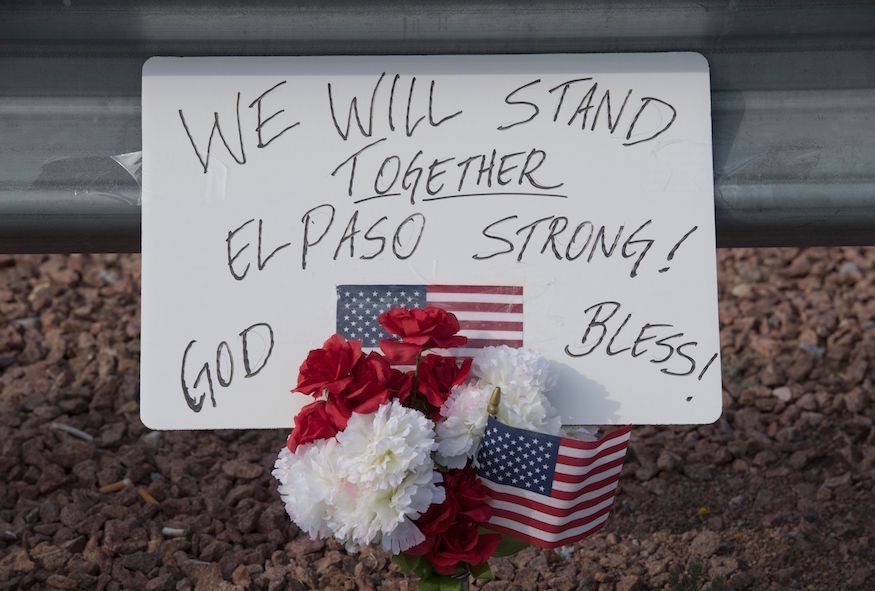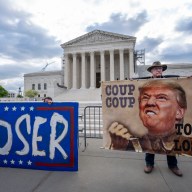Here is a sobering thought: If you are under the age of 40, I’ve been covering fatal shootings your entire life.
Most of the early ones were small: domestic eruptions, suicides, gangland warfare, and general crime – the kind of awful killings that are still around.
But gradually bigger shootings came into play: wholesale attacks by raging men shooting at strangers for unfathomable reasons. Or no reason at all. In parks, malls, schools, churches, government buildings, and private offices; at concerts, birthday parties, prayer meetings, and sporting events.
At first, they were rare. Then kind of common. As a younger man I thought I would remember every victim. Now I know there are too many.
The response to the bigger shootings hasn’t changed in years. Makeshift memorials. Candlelight vigils. Prayers and consolation run tandem to outrage and demands for action. And nothing changes.
It’s fair to wonder why. Undeniably, an overwhelming majority of Americans want this to end. Maybe our howling disagreement about how that might be accomplished is at fault. Maybe it’s all about lobbying and big money. But part of me suspects lack of commitment is also to blame.
We get worked up right after each event, shouting about gun control, mental health, police powers, private rights, and so on. Then vested interests, political paralysis, and public boredom combine to strangle all calls for action.
Will it ever change? Who knows? In my experience, substantially changing public policy requires years of hard, sustained effort with no promise of reward or recognition. And not many folks sign up for that. The victims are buried. Their families grieve. And the nation moves on.
It reminds me of a late night at the Luby’s cafeteria massacre in Texas in 1991 in which 23 people were killed. I stood on a nearby hill facing the smashed windows, where long, white curtains had been drawn. Every few moments, the fabric would billow out in the wind, exposing the overturned tables and chairs, the scattered plates and purses, and terrifying streaks of red. Then the curtains would settle back into place. And it would be almost as if nothing had happened.
















